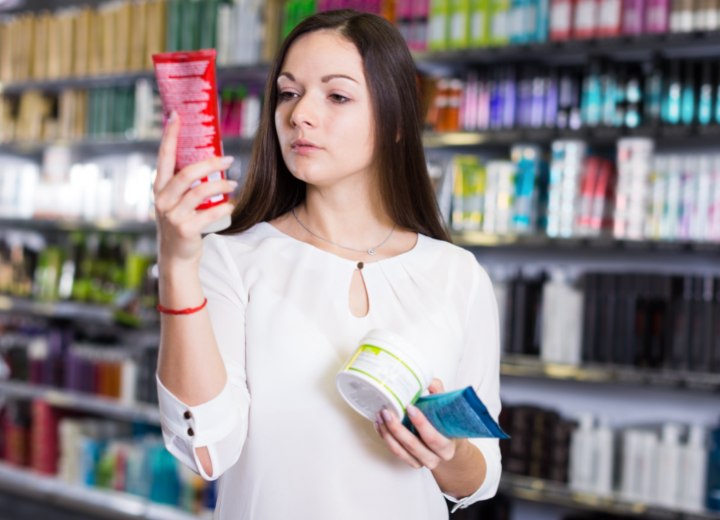Hair Product Ingredients Explained

Well, each of those ingredients in the various products - either on their own or in combination with other ingredients – has a function, and what follows is a list of some of these ingredients and their functions.
EMULSIFIER
An emulsifier (also known as an emulgent) is an ingredient that when added to a combination of two unblendable substances allows them to become stable in their blended state. As an example, mayonnaise is an emulsion of oil-in-water that is stabilized by the lecithin in egg yolks.
Emulsifiers are used to create creams and lotions, and the emulsification principle is what allows the surfactants in soap to remove grease in cleaning.
SURFACTANT
The word surfactant is a blend of the base words "surface acting agent" and is usually an organic compound that contains lipophilic (oil-attracting) and hydrophilic (water-attracting) agents, allowing the compound to attract oily dirt in hair and skin and wash it away.
SOLVENT
A solvent is a liquid or gas that dissolves a solid liquid or gaseous solute resulting in a solution. Most solvents have a low boiling point, evaporate easily, and can be removed by distillation. Water is the most common solvent in everyday life.
Now that we've covered these most basic terms, let's look at some of the more commonly found ingredients in hair care products and see what purposes they serve in the products in which they are found:
AMMONIUM LAURYL SULFATE
This is a high-foam surfactant that makes a good base for cleansers because of the way it disrupts hydrogen bonding in water. This has the effect of allowing the water to more easily penetrate cloth fibers and hair for deeper cleaning. It is primarily used in shampoos and body cleansers.

This is a detergent and surfactant commonly used in soaps and shampoos. It is a very effecting foaming agent for generating cleansing lather.
BEHENTRIMONIUM CHLORIDE
This wax-like organic compound is used as an antistatic agent and disinfectant. It is commonly used in conditioners, hair dye, and mousse.
BENZYL ALCOHOL
This colorless liquid has a mild, pleasant, aromatic odor and is a natural constituent of essential oils, including jasmine, hyacinth, and ylang-ylang. It is also a useful solvent due to its polarity, low toxicity, and low vapor pressure. It is generally used as a solvent for inks, paints, lacquers, and epoxy resin coatings.
CETEARETH-30
This compound (blend of saturated-fatty alcohols - cetyl alcohol and stearyl alcohol) is a non-ionic surfactant that works by attracting both water and oil at the same time. It is often used as an emulsifier in soaps and cosmetics.
CETRIMONIUM CHLORIDE
This compound is a quaternary, water-soluble conditioning agent that adds shine to the hair.
CHLORHEXIDINE DIHYDROCHLORIDE
Chlorhexidine salts are antibacterial agents used for human and animal disinfection and have a wide range of antimicrobial activity, being effective against a variety of organisms, as well as fungi and spores. It is used in hair products to maintain purity and as a preservative.
CITRIC ACID
This is a mild fruit acid commonly used in hair products for its ability to open the cuticle layer and allow for deeper penetration of other products that are beneficial to the hair. It is often used in clarifying shampoos and deep conditioning treatments.
DIMETHICONE
This is silicone oil and is used in shampoos to make the hair shiny and slippery to resist tangles. It is also used widely in moisturizing lotions as a "skin protectant".
Continue reading ...